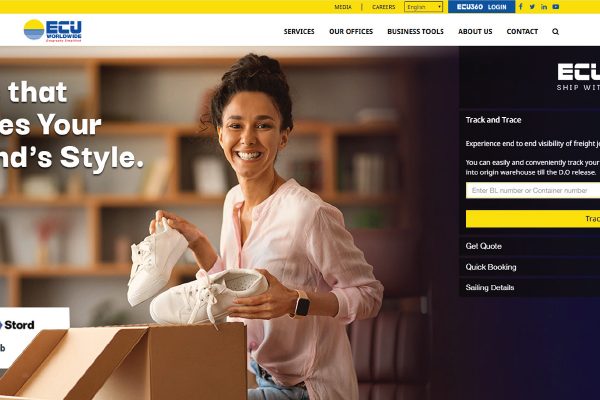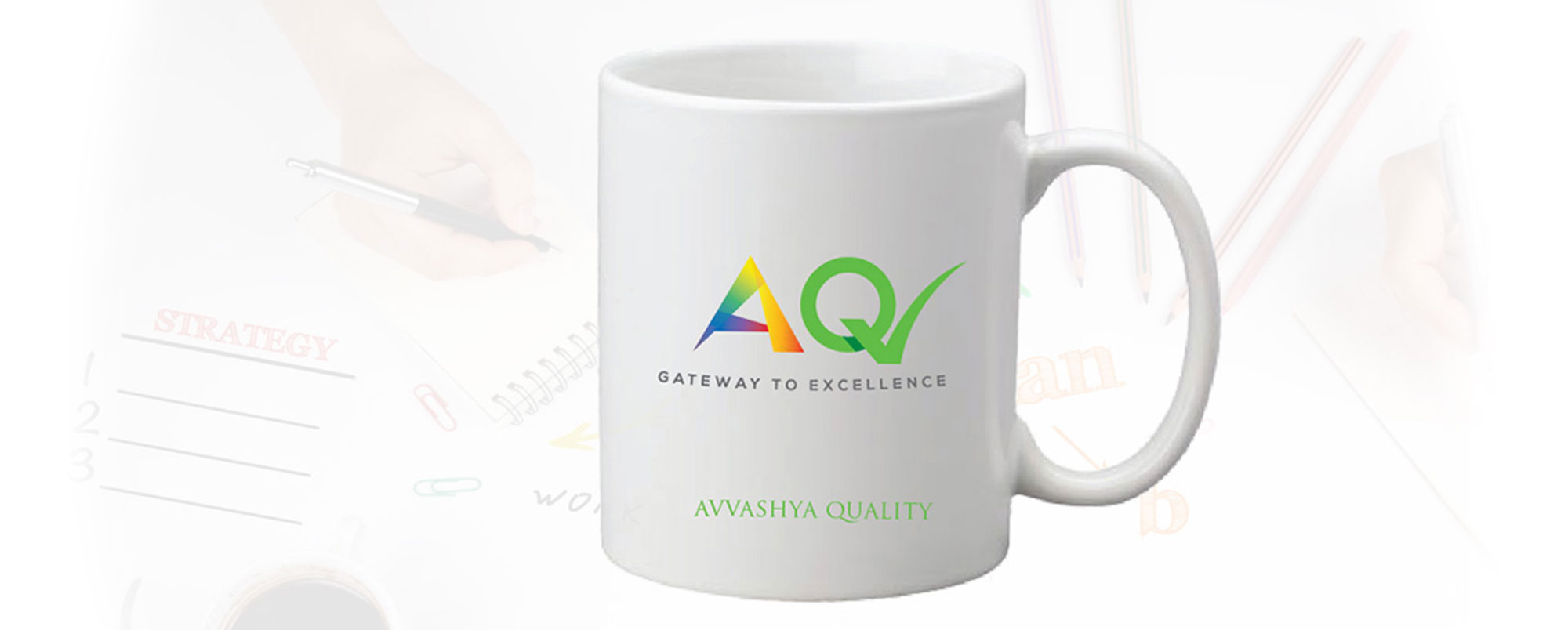The journey of Avvashya Quality (AQ) Time is money. It is even more precious in the dynamic, digital world we now live in. Yet, the best business organisations have struggled to put time to its most productive use in the busy routine of their operations
The root cause often lurks in work processes that are inefficient or sub-optimal, and in problem solving methods that amount to firefighting at best. Amidst all this, the ultimate goal of customer satisfaction gets lost somewhere.
The solution to making business processes smarter and more responsive to customer needs can be found in one word: Quality. For any organisation that is serious about building customer centricity with its high-value clients, a robust quality mechanism across all levels is paramount.
It is important to understand, though, that quality is a much deeper term than is normally perceived to be. For one, it is not about setting up a department; quality applies to every department within the organisation and is everybody’s business. Employees need to be passionate about quality in their respective roles.
Unfortunately, many corporate quality initiatives tend to be fragmented in their approach. In my experience, a focus on one or two aspects may produce limited short-term results. Instead, organisations can benefit from a broader and more formal approach to quality that takes into account the following:
- An effective client partnership: Know your customers’ needs and set your deliveries vis-Ã -vis those needs. Regular tracking and analysis will enable you to even predict their needs and deliver proactively, thus establishing loyalty.
- Getting internal cross-functional capabilities right: Through a step-by-step approach, prepare a plan for the quality programme. Set robust processes in a manner that each department and each employee level is attuned to the quality mission, and is adequately informed about its scope and objectives. For this to happen, the process improvement tools, design and infrastructure support must be put in place as a starting point.
- Performance management: Understand the current process capabilities, and work towards weeding out defects or productivity gaps in the processes. It is also important to measure these through data-based analysis, and improve decision making.
- Improvement and involvement: A 360-degree view of any process is necessary before embarking on any change initiative. Stakeholder understanding is also vital. These are the building blocks for continuous improvement, which eventually becomes a way of life.
Our journey
At the Avvashya group we have a strong business case for focusing on quality, and acknowledge the need for doing it now. Ours is a coordination-heavy business that requires extensive documentation, along with multiple information checkpoints and frequent customer interaction. These tend to slow down the process of shipping and logistics. Also, people in the system sometimes become too dependent on the process and miss out on obvious gaps and defects, resulting in duplication of activities in the chain.
The purpose of our quality mission is to eliminate waste and to plug productivity gaps, so that our TAT improves and we are able to provide a faster and hassle-free customer experience. As we prepare for the next leg of growth at Allcargo, we are putting a great deal of focus on enhancing our tacit capabilities. The only way to do this is by focusing on quality. Avvashya Quality (AQ), our company-wide programme, aims to chart a detailed path to excellence in quality and evolve in line with our business growth.
AQ is important for us from an operational efficiency standpoint, as well. Digitisation will work only if our processes are standardised and automated. For this, quality plays a very important role. It can be about how fast we reach accurate information to our customers and how easily they can stay updated on their shipments. It can also be about improving a sales call, a delivery experience, a documentation issue, invoicing/billing, or complaint handling in every process in the value chain, and doing all this seamlessly. Our larger goal is to understand the voice of the customer, and give them what they need even before they come to us or ask us.
This is a tall order, no doubt. But as an industry leading company, we have chosen to be proactive in building new capabilities and strengthening existing ones. We have started training sessions to make each of our employees the owner of Allcargo’s quality mission. Here, we imbue in them the essential objectives of quality as we see it — increasing the value addition we provide to customers and eliminating waste in our processes.
Awareness and adoption on these fronts is best done through simulations, which form a major part of our ongoing quality orientation workshops. In a typical simulation exercise, we look at the gaps in a real process, validate it with data and explore ways to find the best possible solutions. We also conduct a cost-benefit analysis of the new solutions and look at how those could be automated. In addition, we make it a point to learn from similar companies in the global shipping industry who have already embarked on the journey, to seek process analogies and to tweak and adapt their best practices without re-inventing the wheel.
In a larger context, quality applies to all those we work with — shipping lines, agents, vendors and customers. We therefore extend the idea of quality to every stakeholder in our business.














